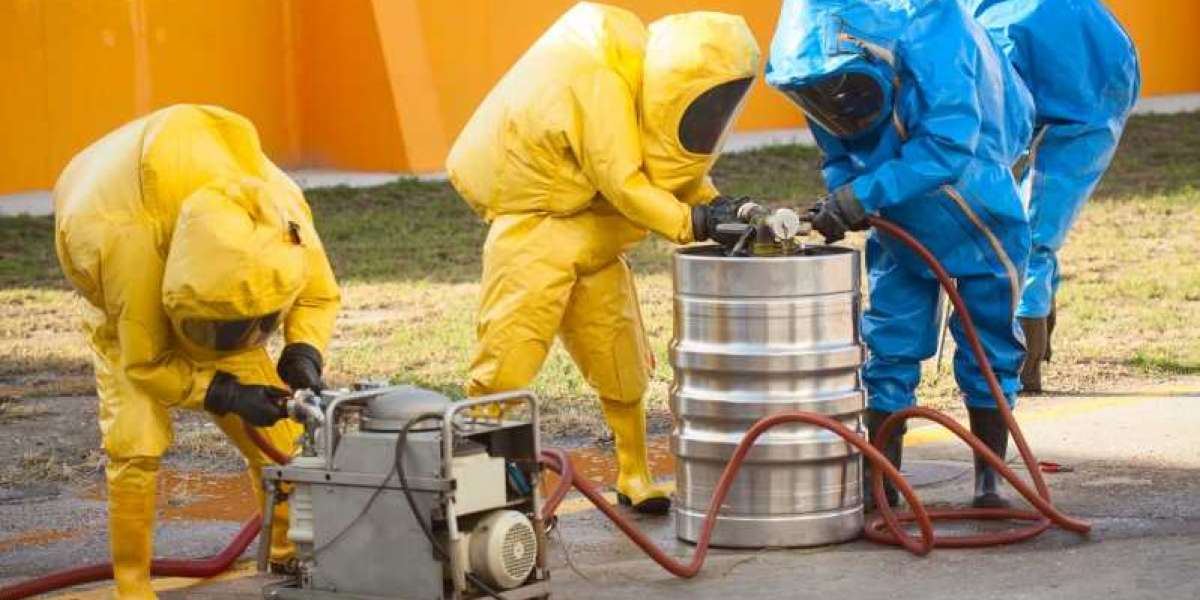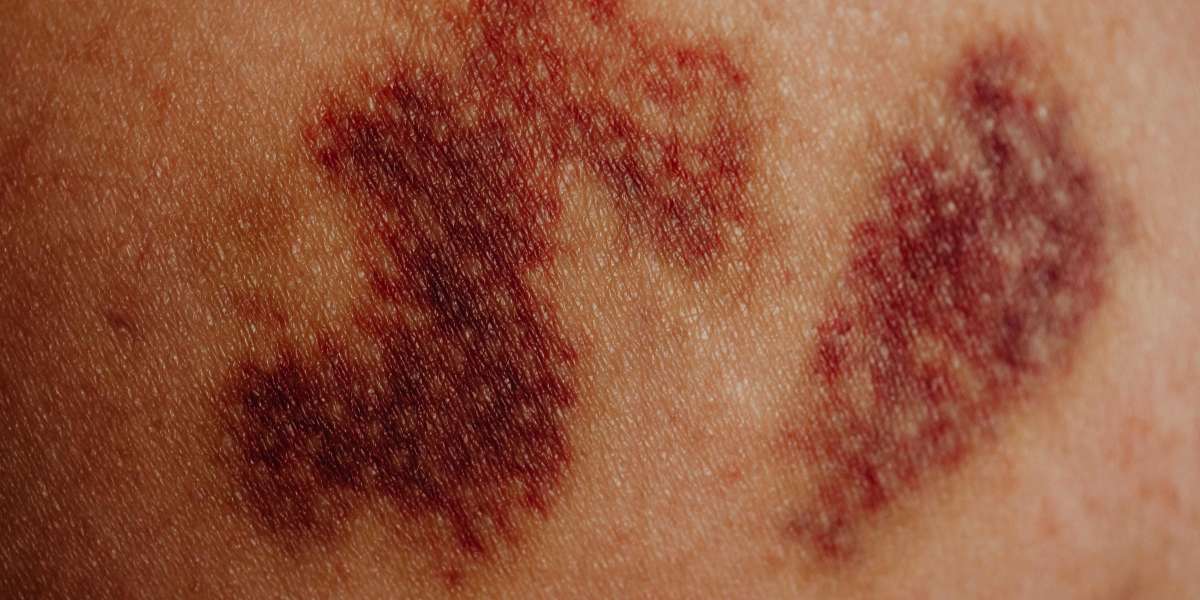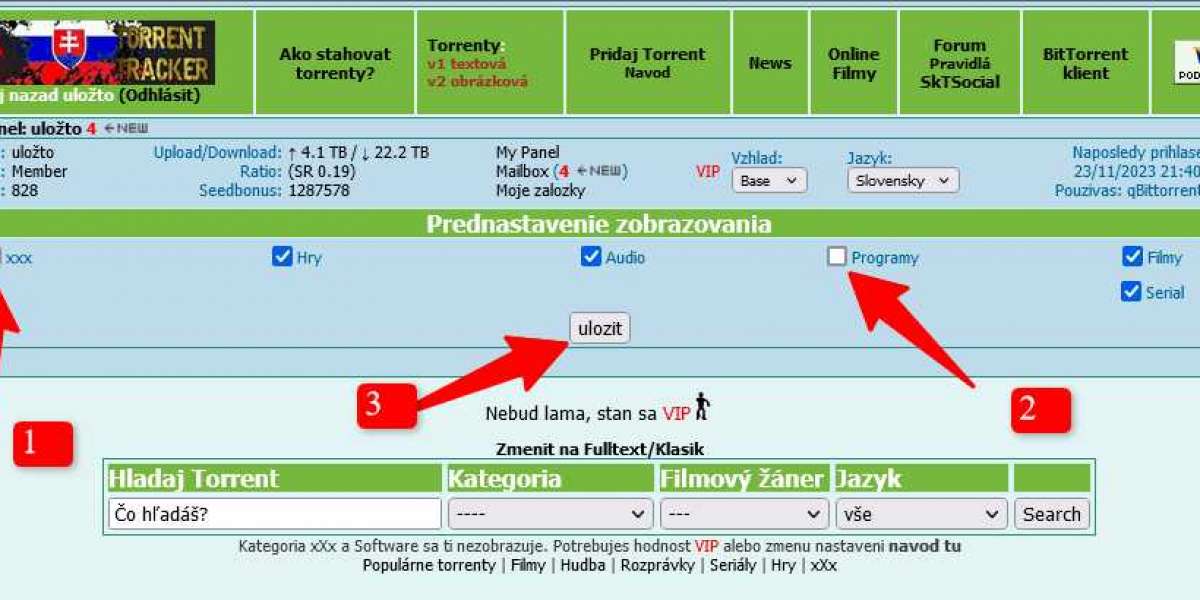Methamphetamine contamination is a hidden danger that can have serious health and financial consequences.
Properties contaminated by meth use or production can expose residents to harmful chemicals, leading to chronic health issues.
If left untreated, meth residue can linger for years, affecting both indoor air quality and surfaces.
This is why methamphetamine testing and decontamination are essential for property owners, renters, and homebuyers alike.
In this article, we explore the risks of meth contamination, the importance of testing, and the decontamination process to ensure a safe living environment.
The Dangers of Methamphetamine Contamination
Methamphetamine, commonly known as meth, is an illicit drug that can be smoked, injected, or ingested.
However, its production and use leave behind toxic chemical residues that contaminate walls, floors, furniture, ventilation systems, and even personal belongings.
Health Risks
Exposure to meth residues can lead to various health problems, including:
- Respiratory issues – Chronic coughing, shortness of breath, and asthma-like symptoms.
- Skin irritation – Rashes, itching, and allergic reactions.
- Neurological effects – Headaches, dizziness, and cognitive impairment.
- Long-term illnesses – Liver damage, kidney disease, and increased cancer risk from prolonged exposure to meth-related toxins.
Children, the elderly, and individuals with weakened immune systems are particularly vulnerable to these health hazards.
Even small amounts of meth residue can cause significant health problems over time.
Property Damage and Financial Impact
Beyond health risks, meth contamination can also have severe financial consequences:
- Decreased property value – Contaminated homes are harder to sell or rent, often requiring costly decontamination before they can be inhabited safely.
- Legal liabilities – Landlords and property managers can be held responsible for renting out contaminated homes.
- Increased cleaning and repair costs – Decontamination can cost thousands of dollars, depending on the level of contamination.
Why Methamphetamine Testing is Essential
Methamphetamine testing is the first step in identifying contamination and determining the extent of cleanup required.
Whether you are a homeowner, landlord, or prospective buyer, testing provides peace of mind and helps prevent potential health risks.
Who Should Get a Meth Test?
- Homebuyers and Renters – To ensure the property is safe before moving in.
- Landlords and Property Managers – To comply with rental regulations and protect tenants.
- Real Estate Agents – To provide transparency to potential buyers.
- Business Owners – To ensure commercial properties are free from contamination.
- Vehicle Owners – Meth contamination is not limited to homes; vehicles used for meth production or consumption may also require testing.
How is Meth Testing Conducted?
There are two main methods of testing for meth contamination:
- Instant Field Test Kits – These kits provide quick results by detecting surface contamination. While affordable and convenient, they may not be as accurate as lab testing.
- Laboratory Testing – Samples are collected from various surfaces and sent to a certified lab for analysis. This method provides detailed results and is the most reliable way to determine contamination levels.
Many professionals recommend a combination of both methods for a comprehensive assessment of contamination.
The Methamphetamine Decontamination Process
If a property tests positive for meth contamination, professional decontamination is necessary to restore it to a safe living condition.
Steps in the Decontamination Process
- Initial Assessment – A professional will inspect the property and assess the level of contamination.
- Containment – Contaminated areas are sealed off to prevent further spread of harmful chemicals.
- Surface Cleaning – Specialized cleaning agents are used to remove meth residue from walls, ceilings, and floors.
- HVAC and Ventilation System Cleaning – Air ducts and ventilation systems are thoroughly cleaned to remove airborne contaminants.
- Material Replacement – In severe cases, drywall, carpets, and insulation may need to be replaced.
- Final Testing and Clearance – Once cleaning is complete, another round of testing is conducted to ensure the property meets safety standards.
DIY vs. Professional Cleanup
While some minor decontamination efforts can be done by property owners, professional meth cleanup is strongly recommended for significant contamination.
Certified professionals use industry-grade equipment and chemicals to ensure thorough decontamination, protecting both residents and property value.
Legal and Regulatory Considerations
Many regions have specific regulations regarding methamphetamine contamination in properties.
Landlords and property owners are often legally required to disclose past contamination and take necessary steps to remediate affected homes.
Failure to comply with local laws can result in fines, lawsuits, and loss of property value. This makes meth testing and decontamination a critical responsibility for property owners.
Conclusion
Methamphetamine contamination is a serious issue that poses health risks and financial burdens for homeowners, landlords, and renters.
Regular testing helps identify contamination early, while professional decontamination ensures a safe and habitable living space.
If you suspect meth contamination in your home or property, don’t wait—take action immediately by scheduling a professional meth test and remediation service.
Protect your health, your investment, and the well-being of those around you.








